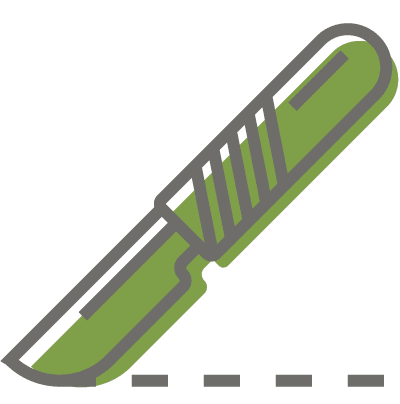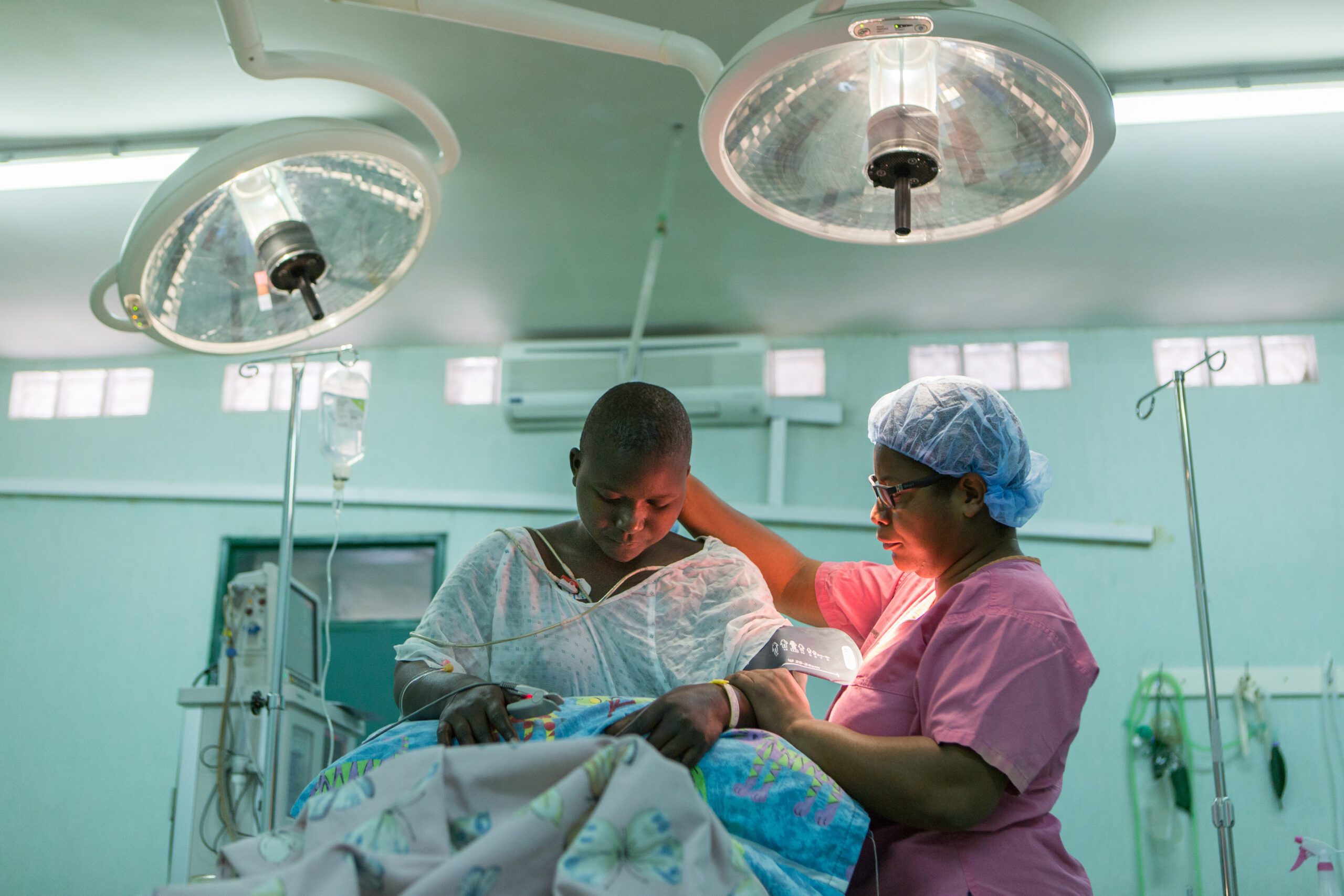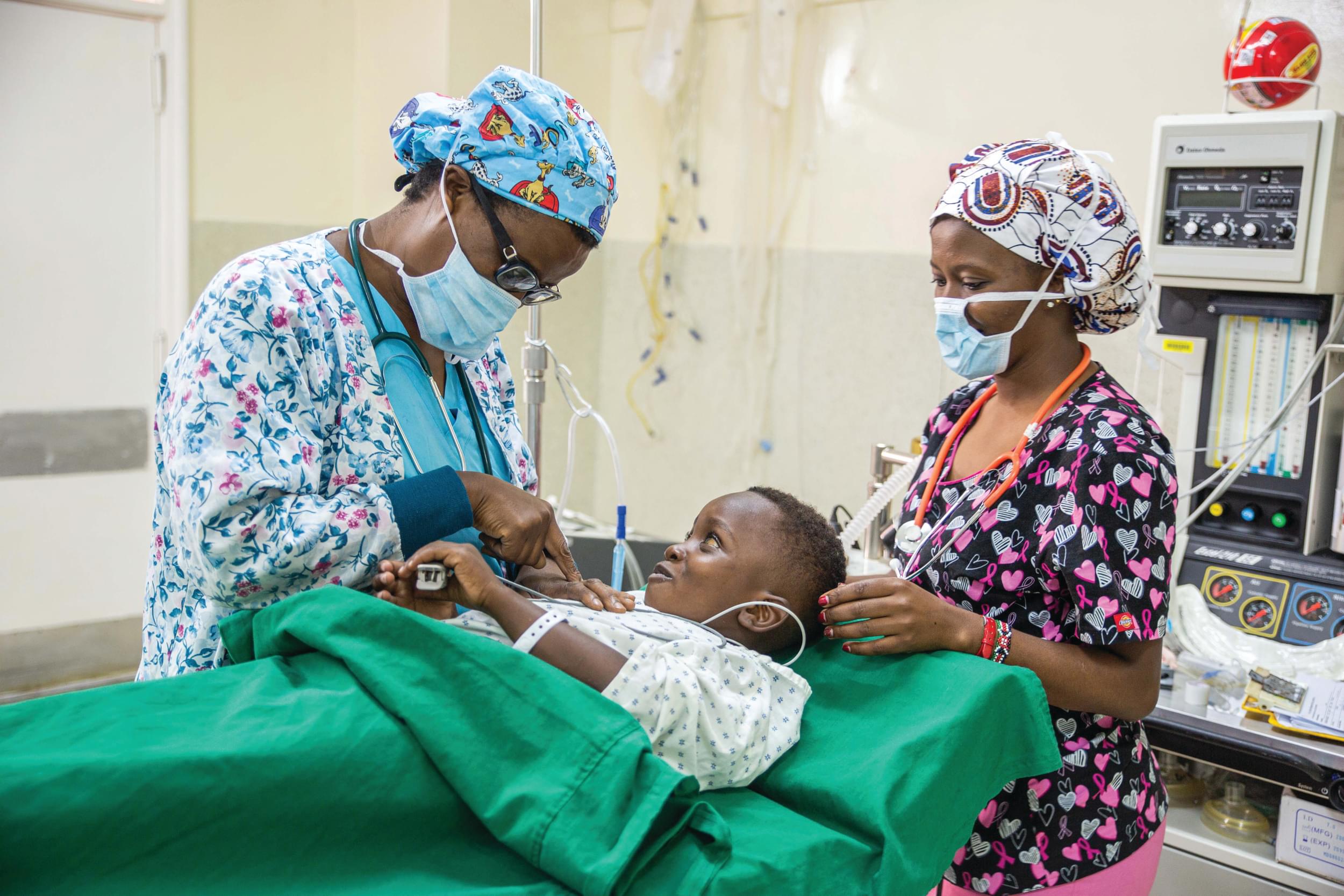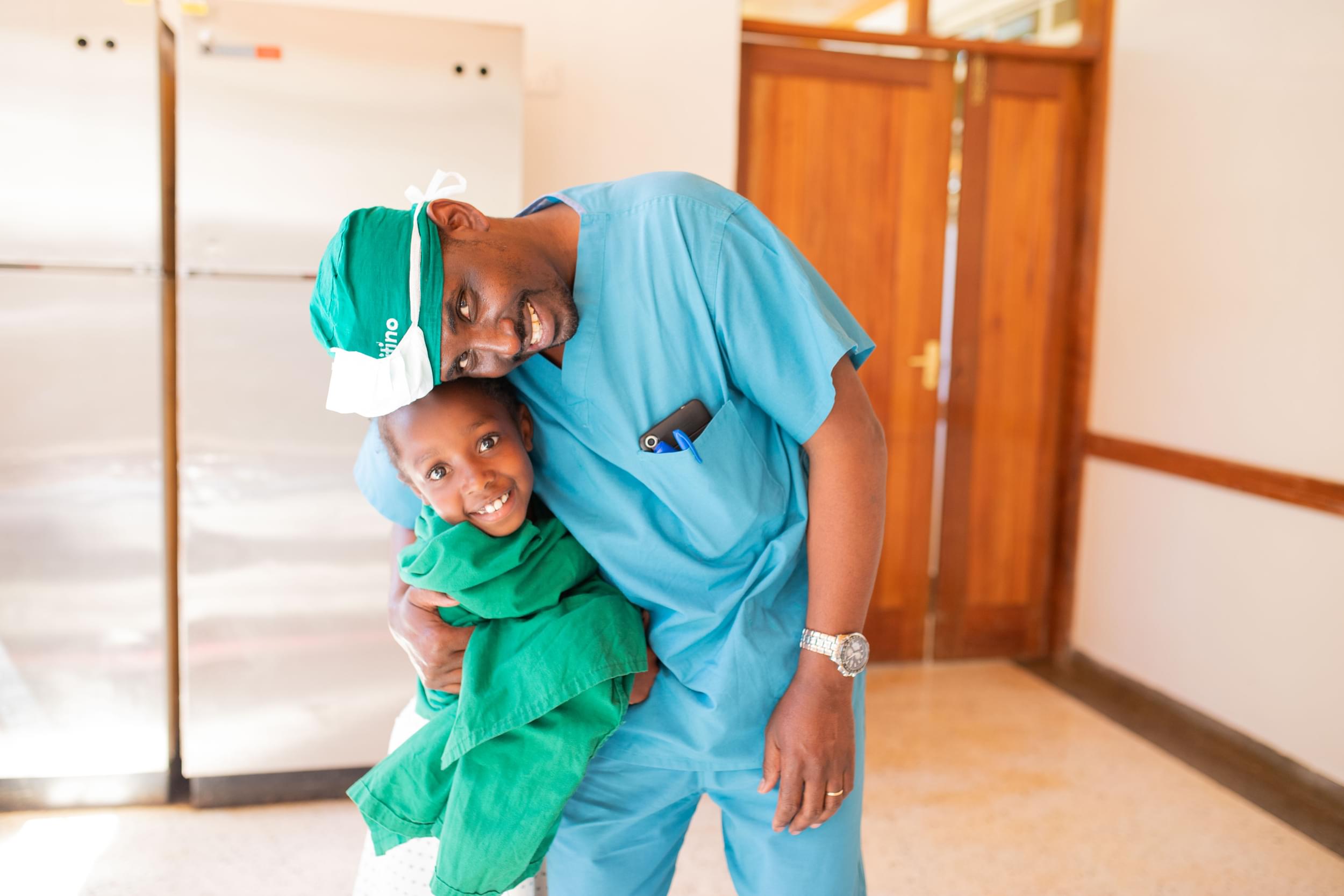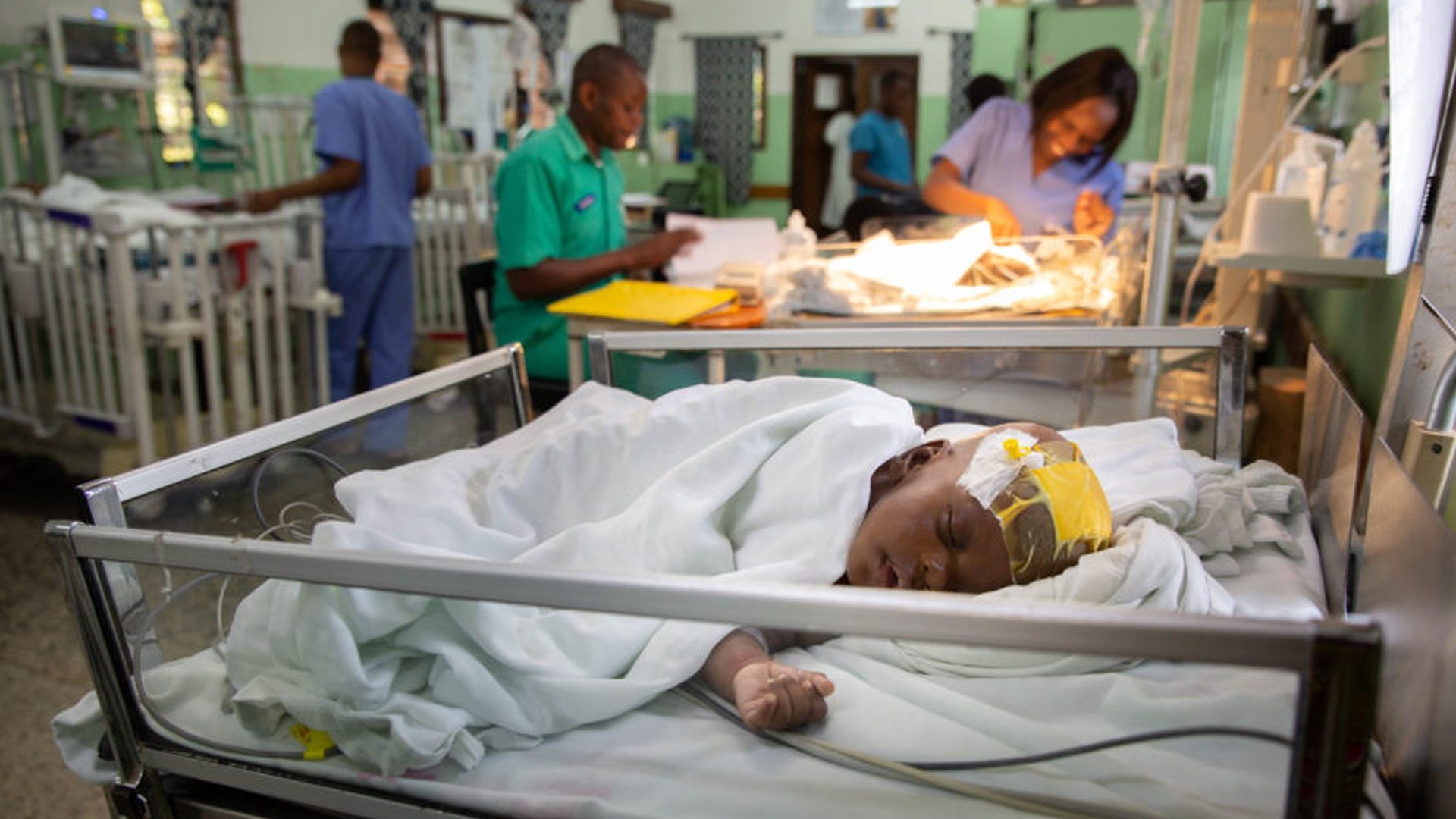Renal outcomes in children with operated spina bifida in Uganda
Abstract:
Background: To describe the extent of renal disease in Ugandan children surviving at least ten years after spina bifida repair and to investigate risk factors for renal deterioration in this cohort.
Patients and Method: Children who had undergone spina bifida repair at CURE Children’s Hospital of Uganda between 2000 and 2004 were invited to attend interview, physical examination, renal tract ultrasound, and a blood test (creatinine). Medical records were retrospectively reviewed. The following were considered evidence of renal damage: elevated creatinine, hypertension, and ultrasound findings of hydronephrosis, scarring, and discrepancy in renal size >1cm. Female sex, previous UTI, neurological level, mobility, detrusor leak point pressure, and adherence with clean intermittent catheterisation (CIC) were investigated for association with evidence of renal damage.
Results: 65 of 68 children aged 10–14 completed the assessment. The majority (83%) reported incontinence. 17 children (26%) were performing CIC. One child had elevated creatinine. 25 children (38%) were hypertensive. There was a high prevalence of ultrasound abnormalities: hydronephrosis in 10 children (15%), scarring in 42 (64%), and >1cm size discrepancy in 28 (43%). No children with lesions at S1 or below had hydronephrosis (p = 0.025), but this group had comparable prevalence of renal size discrepancy, scarring, and hypertension to those children with higher lesions.
Conclusions: Incontinence, ultrasound abnormalities, and hypertension are highly prevalent in a cohort of Ugandan children with spina bifida, including those with low neurological lesions. These findings support the early and universal initiation of CIC with anticholinergic therapy in a low-income setting.


